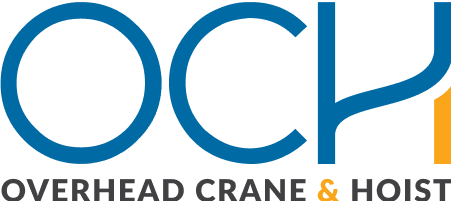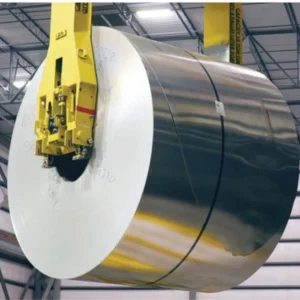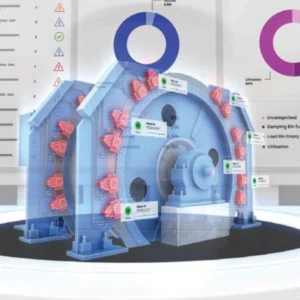
Every crane and hoist operating in the United States must be inspected periodically, but the frequency and specifics of those inspections can be very different.
In order to keep a crane operating safely and make sure inspections meet the legal requirements, you must know which regulations apply to each type of crane and its use.
Standards establish the safe way to use overhead cranes and equipment by setting the proper way to manufacture, inspect, maintain, and operate cranes and their related equipment.
Who Sets the Standards?
Standards are produced by the federal government, states, some cities, or by experts involved in a specific industry.
The most common governmental standards come from the Occupational Safety & Health Administration (OSHA), either federal or state, but other government agencies such as the U.S. Army Corps of Engineers and the Department of Energy also produce them.
Non-governmental standards are established by the American Society of Mechanical Engineers (ASME).
Commonly called “national consensus standards,” the ASME standards are perhaps the most influential guidelines. They represent best practices established by industry experts, and OSHA often refers to them in its regulations.
OSHA Regulations
OSHA’s General Industry Standard 1910.179 covers overhead and gantry cranes that are installed permanently for use in manufacturing or material handling and whose bridge and trolley both run on top of rails.
Common examples may include storage bridge cranes, gantry cranes, pulpit-operated cranes, and wall cranes, whether they’re operated from a cab or the floor.
Any overhead or gantry crane that is put up only to help build something and will be taken down when the job is finished come under OSHA regulation 1926 Subpart CC, which governs any crane being used in construction.
ASME Standards
Whereas OSHA’s 1910.179 regulation applies only to overhead and gantry cranes whose bridge and trolley both run on top of rails, ASME’s has set standards that cover many types of cranes and their hooks.
ASME B30.2 covers overhead and gantry cranes whose bridge and trolley on top of rails, but also cantilever, semi-gantry, and wall cranes.
ASME B30.16 covers individual hoists used on underhung cranes, including hand-operated chain hoists and electric- or air-powered chain or wire-rope hoists.
ASME B30.17 covers cranes and monorails that have an underhung trolley or bridge. They include bridge cranes, monorails, monorail systems, wall cranes, and semi-gantry cranes where the trolley or end-truck wheels ride on top of the lower flange of the runway or bridge girder.
ASME B30.10 covers a variety of hooks used with overhead cranes, such as clevis hooks, eye hooks, sister hooks, shank hooks, and self-closing and self-locking hooks.
Pre-Shift Inspection
All cranes, hoists, and monorail systems must be inspected regularly, as required by OSHA, ASME, and the equipment’s manufacturer.
No inspection is more important than the preshift or pre-operation inspection.
When done correctly by a competent person, this visual and audible examination can reveal some of the more serious safety hazards before the equipment is used.
It is usually done by the operator and should continue throughout the shift.
Monthly Inspection
OSHA requires a monthly inspection of all running ropes, hoist chains, end connections, and hooks on top-running overhead, gantry, and wall cranes, as well as others having the same fundamental characteristics, when used in a general industry application. Also, a record must be kept of the inspection.
OSHA also requires a more comprehensive and documented monthly inspection when overhead, gantry, and monorail cranes are used in construction. ASME requires a frequent inspection of all overhead cranes at least monthly.
Periodic Inspection
OSHA requires periodic inspection of top-running bridge and gantry cranes, and ASME requires it on the cranes its standards cover.
This inspection requires a qualified inspector to examine the entire crane at least once a year, and the crane owner must keep documentation of the inspection.
Severity of service, activity, environment, or the crane’s manufacturer may require that the periodic inspection be done more often.
Inspecting cranes, ropes, and hooks properly and at the right intervals is vital to making operation safe and efficient.
The information in this article came from Overhead Cranes, published by Crane Institute of America.





